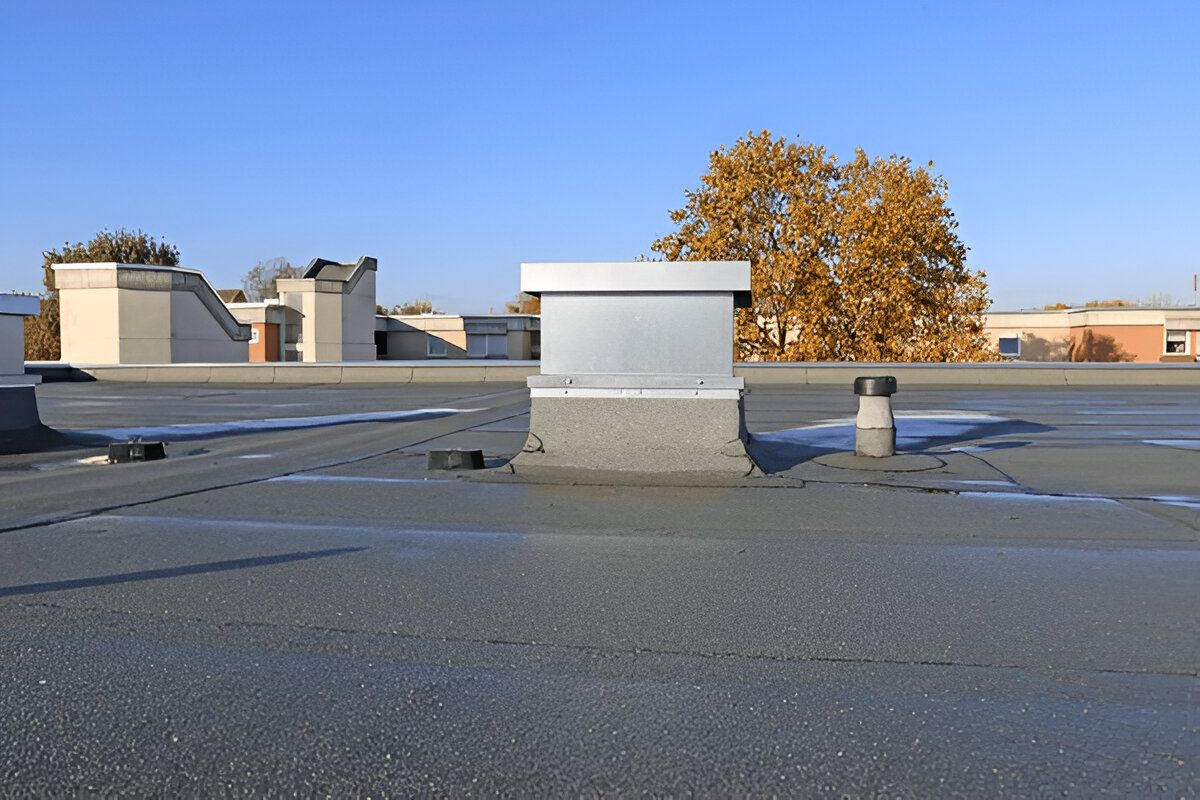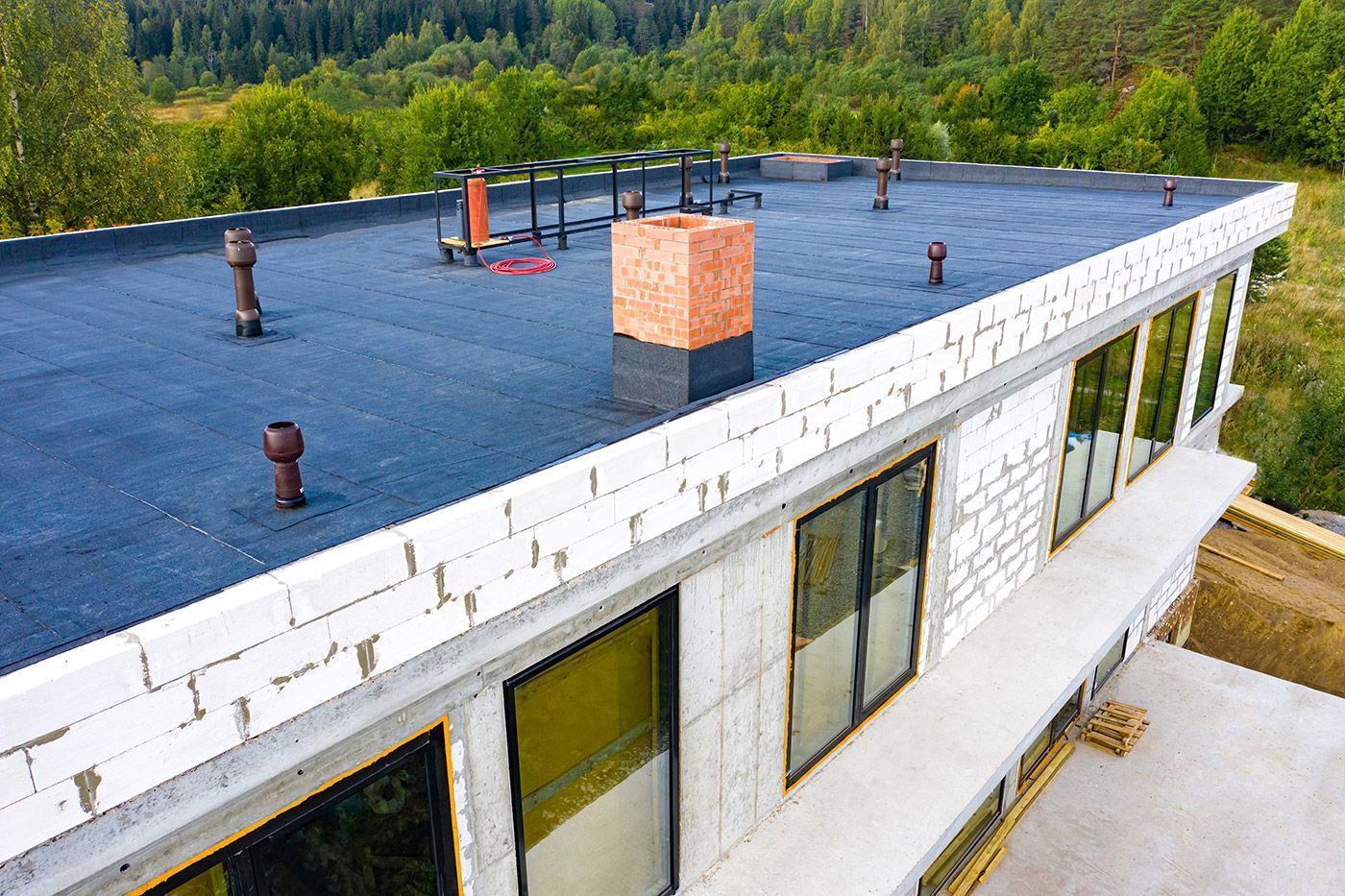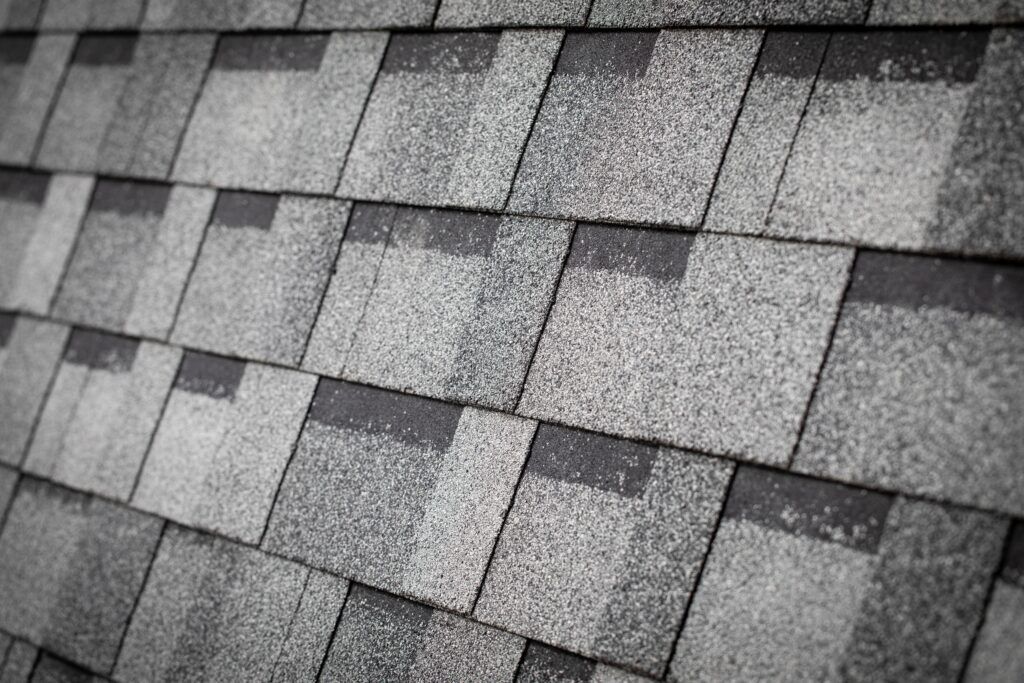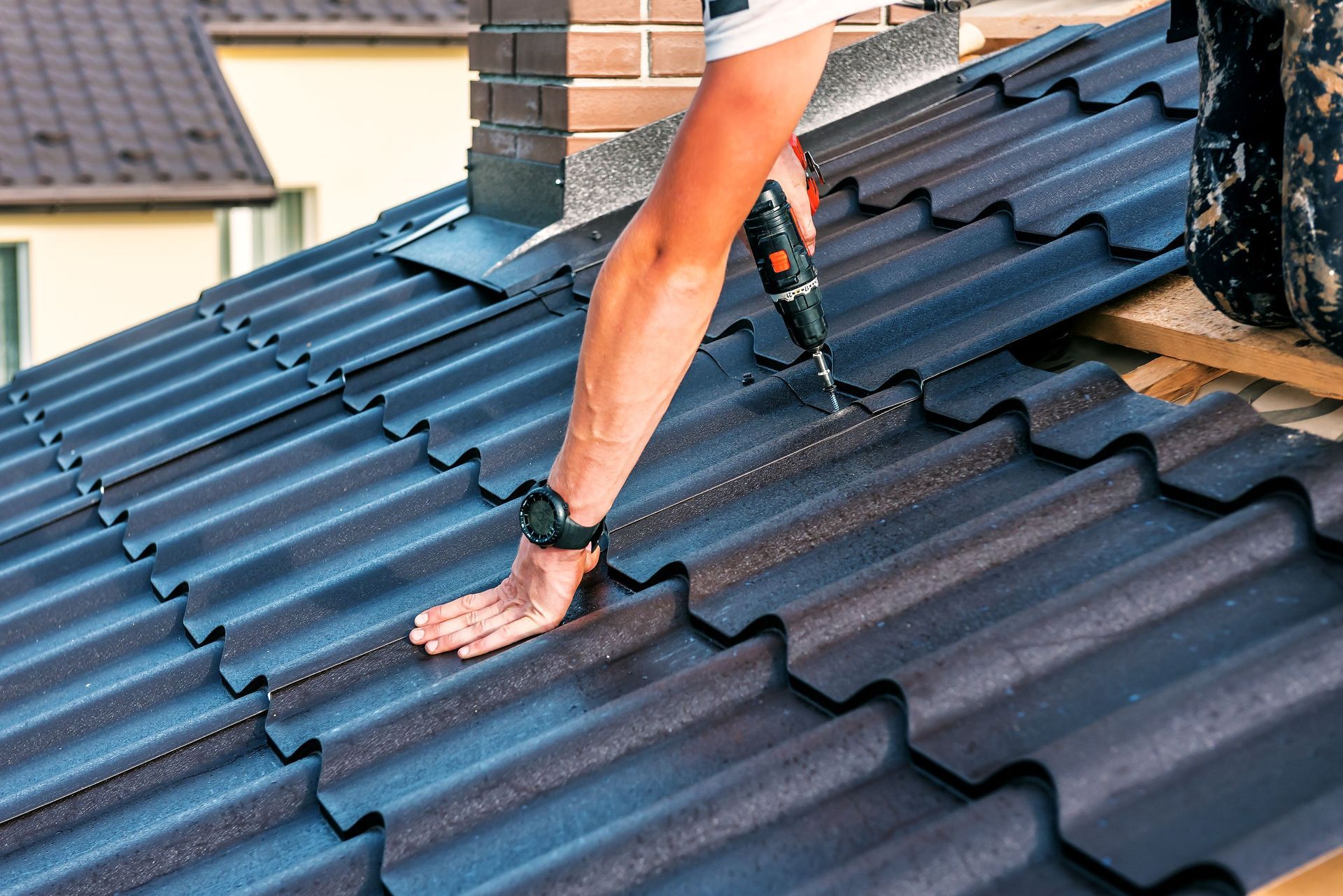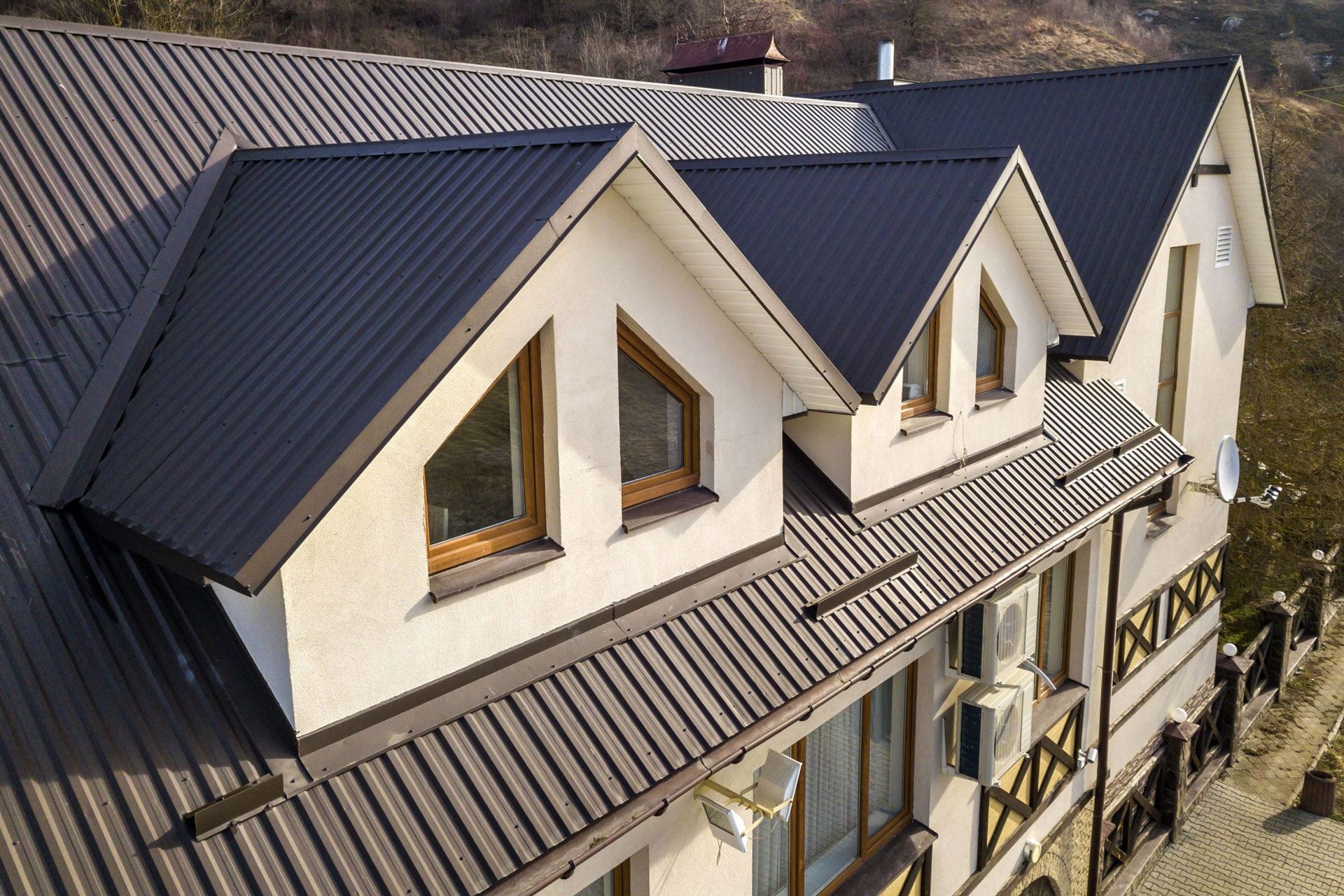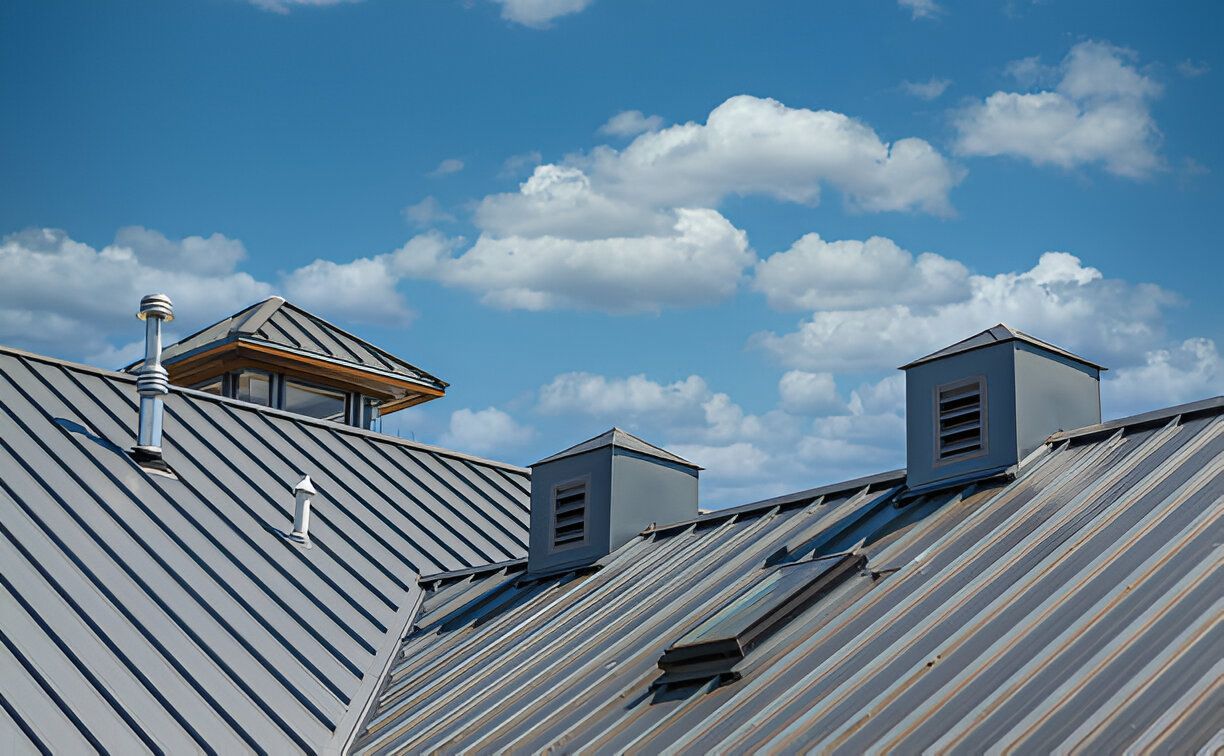Understanding and Mitigating the Impact of Birds on Roof Integrity

Birds, while often appreciated for their grace and symbolism, can unintentionally cause significant damage to roofing systems. Although their presence may appear benign, their nesting habits and behaviors frequently lead to costly repairs and long-term maintenance concerns for homeowners in Flower Mound, Texas.
At Lancaster Roofing & Construction, we understand how bird-related issues can impact the condition of your roof—sometimes even requiring full residential roof replacement when damage becomes too extensive to repair. Identifying and addressing these issues early is key to preserving your home's structural integrity and avoiding more serious roofing problems down the line.
The Hidden Threat: Bird-Related Roof Damage
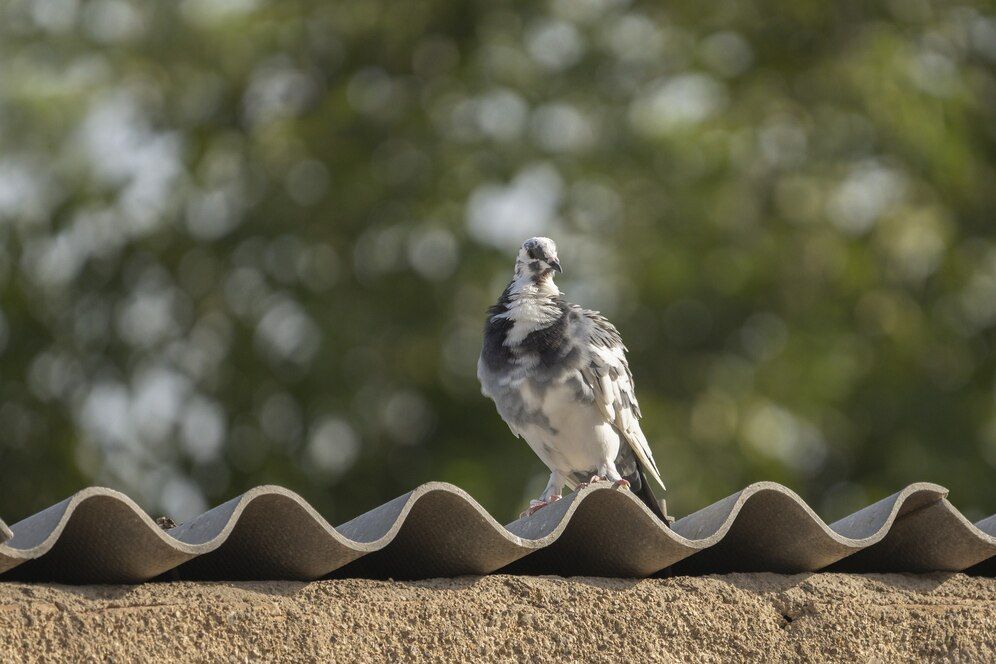
Nesting Habits and Their Consequences
Birds—particularly pigeons, sparrows, and starlings—commonly seek shelter in roof structures. They often build nests in gutters, eaves, and vents, creating obstructions in these critical areas. Such blockages interfere with proper water drainage, leading to pooling and potential roof leaks. Furthermore, nests within vents can disrupt airflow, raising the risk of moisture accumulation inside homes in Flower Mound, Texas.
At Lancaster Roofing & Construction, we’ve seen how these issues can escalate if not addressed promptly, especially during routine roof inspections or maintenance. Preventative measures are essential to avoid long-term damage and maintain overall roof performance.
Acidic Droppings: A Corrosive Challenge
Bird droppings contain high levels of acidity, which can gradually deteriorate roofing materials. This acidic content can break down shingles and corrode metal components, ultimately weakening the roof’s structural integrity. As a result, the roof becomes more susceptible to water infiltration, leading to potentially expensive repairs.
Pecking Damage: More Than Just a Nuisance
Certain birds, such as woodpeckers, can cause direct physical damage to roofing systems through persistent pecking. This behavior—often motivated by a search for food or nesting sites—can result in holes and cracks across roofing surfaces. These entry points not only diminish aesthetic appeal but also compromise insulation and increase the risk of leaks.
Proactive Measures to Protect Your Roof
Routine Inspection and Maintenance
Consistent roof inspections are essential to detect and address bird-related damage before it worsens. Homeowners should regularly check for indicators such as nesting debris, clogged gutters, and visible wear on roofing materials. Early identification of these issues can prevent minor concerns from developing into major, costly repairs.
Implementing Bird Deterrents
Various bird deterrent strategies can discourage birds from nesting on roofs. These include physical barriers like spikes and netting, along with visual or auditory deterrents. When selecting a solution, it’s important to prioritize humane, eco-friendly options that comply with wildlife protection standards.
Professional Assistance for Severe Cases
For substantial damage caused by birds, professional intervention is often necessary. Lancaster Roofing & Construction, serving Flower Mound, Texas, specializes in assessing and repairing bird-related roof damage. Their experience ensures precise, effective restoration that reinforces both the roof’s durability and visual appeal.
Conclusion
Understanding how birds can affect your roof and applying preventive measures are essential steps in maintaining a long-lasting roofing system. Routine inspections, use of deterrents, and expert support when required can go a long way in protecting your home from the often-overlooked risks posed by bird activity.

